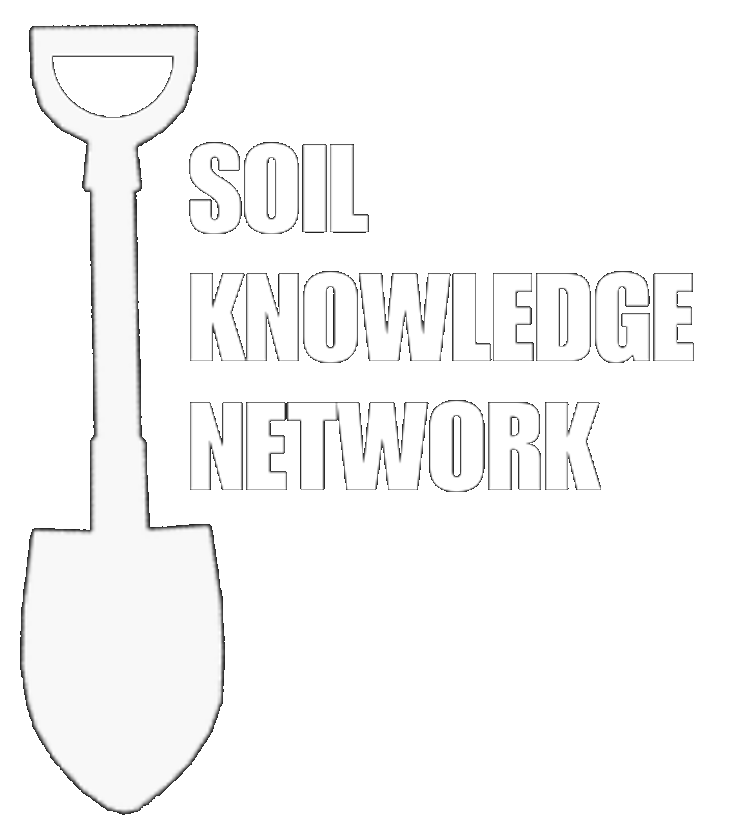Primarily used as a soil conditioner, compost also contains a wide range of essential plant nutrients, usually in low concentrations.
Compost can be made using a variety of raw materials, mainly plant-based, and its characteristics can be quite variable. The raw materials include wood waste from forestry operations, aquatic weeds removed from ponds and waterways, and green waste collected from urban areas Some composted products may also contain a small percentage of conventional fertiliser, added to maintain a minimum nutrient content. Manure from intensive livestock production is also used to boost the nutrient content of compost. This product, along with un-composted livestock wastes and other organic materials such as food processing or sewage treatment waste, is mainly used as fertiliser. This is particularly useful when two or more major nutrients are needed.
If made according to the 2003 Australian standard (AS 4416) the compost will have a minimum organic matter content of 25%. The standard also stipulates that the composting process has been uniform and reached a temperature high enough to destroy pathogens and weed seeds.
Well-made compost may be odourless or have an earthy smell, without any foul or sour odour. It is slightly moist, but not sloppy or dry and powdery, and not lumpy or full of identifiable plant debris. Important chemical tests for compost are for its acidity or alkalinity (ideally fairly neutral, between pH5 and pH8) and the C/N or carbon : nitrogen ratio. Microbial activity can immobilise soil nitrogen if the compost’s C/N ratio is too high. For example, woody waste is low in nitrogen with a high C/N ratio of 80-200, while some food wastes are low in carbon with a C/N ratio below 10. Depending on the raw materials, some contaminants of compost to be wary about are the levels of chemical residues and heavy metals, and the presence of glass and plastic fragments in urban waste. Check the salt content if the compost is to be applied to salt-sensitive crops or young seedlings.
Benefits
As well as supplying small amounts of essential nutrients and trace elements, mostly in slow-release forms, compost can boost soil organic carbon levels and biological activity. Provided soil temperature and moisture conditions are favourable, increased biological activity can improve soil structure and water holding capacity, increase soil porosity and infiltration, as well as reduce runoff and losses due to erosion.
The soil conditioning benefits of compost may not appear immediately after applying it. On the other hand, a growth response could last for several years, depending on the type of product, the method and rate of application, the subsequent weather conditions, or the particular land use and management of the treated area.
Disadvantages
Compost is a bulky product and may contain 50% moisture. To deliver noticeable benefits It needs to be applied at high rates, usually 10 tonnes/ha as a minimum. Unless the application site is close to the source of supply, transport costs can be considerable. Specialised spreading equipment may be needed to evenly cover large areas. Stockpile sites should be accessible to large trucks but not to livestock. A withholding period of at least 3 weeks is recommended before allowing stock to graze pasture at the application site.
Erosion losses of freshly applied compost can be significant during heavy rain, especially on steep slopes or on compacted bare ground, such as roadsides. To protect water quality in creeks or nearby farm dams, freshly applied compost may need to be covered with geotextile fabric or jute matting.

Soil Knowledge Network Position Statement
Compost
The NSW Soil Knowledge Network:
Recognises the potential benefits of using compost to boost soil organic carbon levels, to increase soil biological activity, and to reduce the risk of soil erosion.
Considerations of cost and compost quality mean that treatment of broad-acre crops and pastures is often impractical. Compost mixed with a significant amount of another organic material of a higher nutrient content may be more worthwhile. Applications to small paddocks or to treat compacted or degraded parts of larger paddocks may also be feasible. Compost is worth considering in horticultural areas planted to trees or vines, or areas used for market gardening where the soil structure has been damaged by frequent cultivation. In these situations banding the compost along the raised beds or planting lines reduces the high per hectare application rate.
In all situations care is needed to check the quality of the compost prior to use.
Other issues to be addressed prior to application
Is the compost the right type for the intended use? For example, is the phosphorus content too high for cultivation of native species for cut-flower production?
Does it contain contaminants that can damage plants or pollute soil?
Are there any special compost handling requirements arising from the possible presence of microbial pathogens?
When applying compost to pasture, particularly on moderately steep terrain, consider leaving an untreated buffer strip a few metres wide upslope of creeks or farm dams.
Promoting the importance of soils through knowledge and expertise
www.nswskn.com
